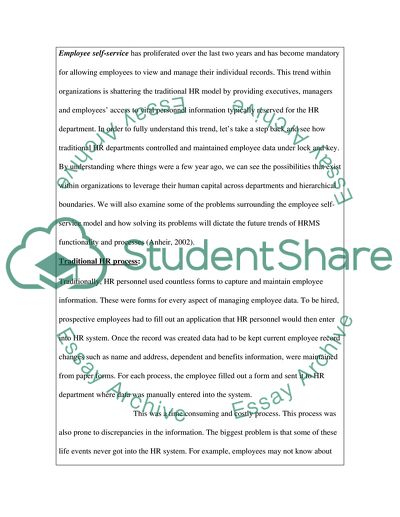Cite this document
(“Trends In HR Technology Essay Example | Topics and Well Written Essays - 2500 words”, n.d.)
Trends In HR Technology Essay Example | Topics and Well Written Essays - 2500 words. Retrieved from https://studentshare.org/human-resources/1540367-trends-in-hr-technology
Trends In HR Technology Essay Example | Topics and Well Written Essays - 2500 words. Retrieved from https://studentshare.org/human-resources/1540367-trends-in-hr-technology
(Trends In HR Technology Essay Example | Topics and Well Written Essays - 2500 Words)
Trends In HR Technology Essay Example | Topics and Well Written Essays - 2500 Words. https://studentshare.org/human-resources/1540367-trends-in-hr-technology.
Trends In HR Technology Essay Example | Topics and Well Written Essays - 2500 Words. https://studentshare.org/human-resources/1540367-trends-in-hr-technology.
“Trends In HR Technology Essay Example | Topics and Well Written Essays - 2500 Words”, n.d. https://studentshare.org/human-resources/1540367-trends-in-hr-technology.


